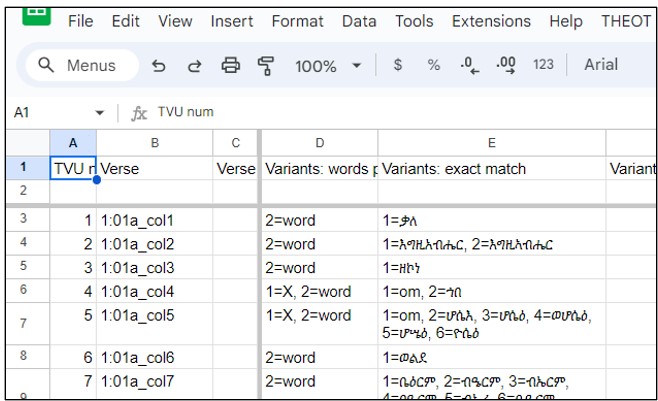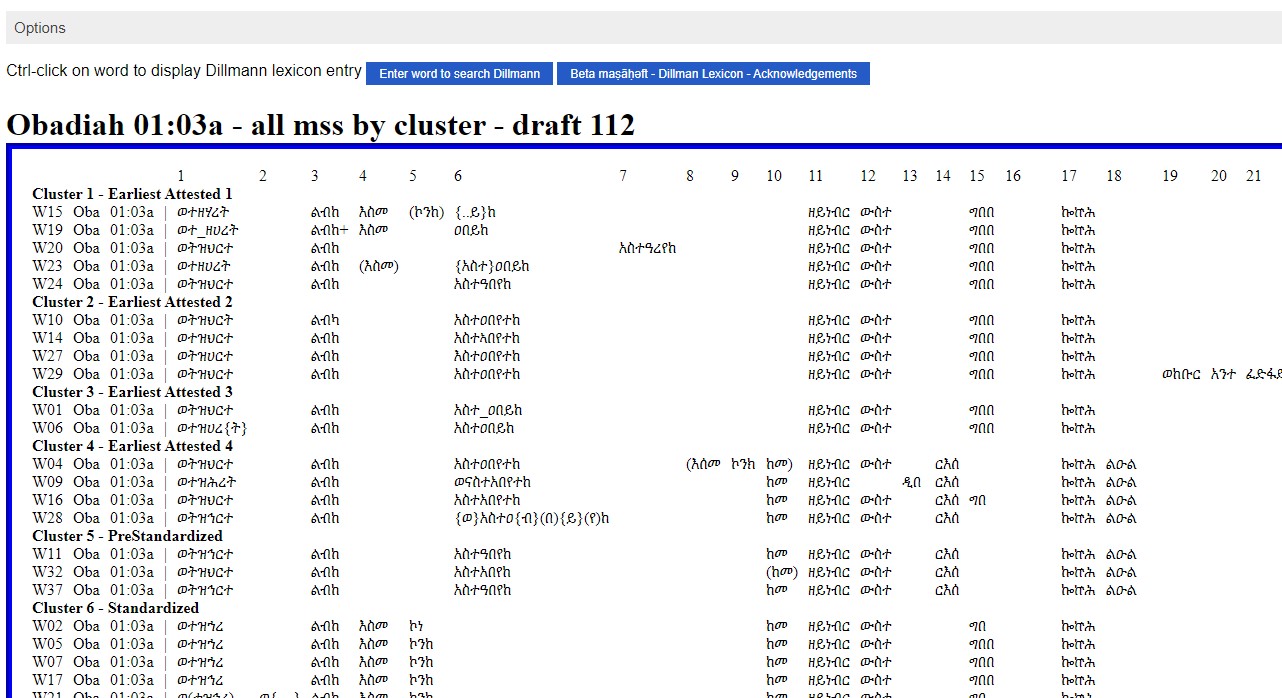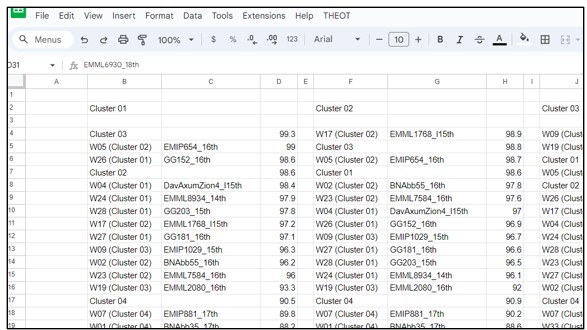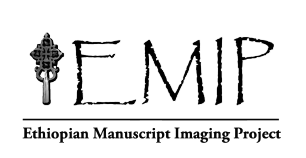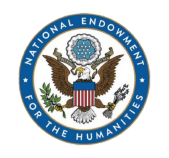Materials for the
Study of Ethiopic
Song of Songs
We...
Turn text into numbers.
Identify patterns in the numbers.
Turn numbers into stories.
Ethiopic Song of Songs
Stuffs1-goes-here
Aligned
Texts
Texts
The PDF is a copy of the document file in which we aligned all the words of all the manuscripts in this study. Click the image on the left to download the pdf file. Click the image on the right to see a video explaining how this data was produced or processed.
Variants
The spreadsheet shows the data produced by the THEOT script labeled “create database of variants”. Click the image on the left to open a copy of the spreadsheet. Click the image on the right to see a video explaining how this data was produced or processed.
Words
Profile
Match
Profile
Match
The spreadsheet shows the data produced by the THEOT script labeled “process database of variants”. Click the image on the left to open a copy of the spreadsheet. Click the image on the right to see a video explaining how this data was produced or processed.
Dendrogram

The jpeg shows the Dendrogram produced by feeding the R file and a CSV (comma separated values) file into the R program to generate a dendrogram. The colored boxes and stars represent our interpretation of the dendrogram, and become our working hypothesis for investigation of the book. Click the image on the left the dendrogram. Click the image on the right to see a video on THEOT Dendrograms and How to Use them.
THEOT
Text
Viewer
Text
Viewer
These links explore the THEOT Text Viewer and How to Use It. Click the image on the left to open the website directly. Click the image on the right to see a video introducing the Text Viewer and How to Use it.
Best
Representative
Manuscripts
Representative
Manuscripts
The spreadsheet shows a series of tabs that represent the various stages of processing the data with a view of identifying the best representative manuscript for each cluster. Click the image on the left to open a copy of the spreadsheet. Click the image on the right to see a video explaining how this data was produced or processed.
Song of Songs
We know of three recensions of the Song of Songs: 1) the Common Edition; 2) what we call the Hebraist Edition; and 3) the Old Giyorgis Edition. They differ from one another as follows.
Sample, Best Representatives, Minor Recensions, Other Studies
We know of three recensions of the Song of Songs: 1) the Common Edition; 2) what we call the Hebraist Edition; and 3) the Old Giyorgis Edition. They differ from one another as follows.
- The shortest of these is the Common Edition, which is a straightforward translation of the Septuagint, in approximately 363 strophes.
- The longest of these is 484 strophes long, and has all of the strophes of the Common Edition with another 48 unique strophes and 31 single or two-word plusses. We refer to this as the Old Giyorgis Edition. This is to say that manuscripts that contain the strophes of the Old Giyorgis Edition have them embedded in the Common Edition.
- A third edition of the Song of Songs is to be found in an edition that is of medium length between the shortest and longest. The copies of this edition are approximately 436 strophes, which is to say 81 beyond the Common Edition. The tradition refers to this edition as the Hebraist Edition. Further, these additional 81 strophes are identical to those in the Old Giyorgis Edition that begin at chapter 2 verse 15. The strophes between 1:1 and 2:15 are unique to the Old Giyorgis Edition. This is to say that the Hebraist Edition is an abbreviated form of the Old Giyorgis Edition. The main thing that distinguishes the Hebraist Edition from the Old Giyorgis Edition is the absence of the addition strophes between 1:1 and 2:15. Already, Roger Cowley has described the additional strophes of the Hebraist in relation to the Common Edition ( ). Further, EthioSpare DD-004 (folios 1v-2v) contains a list of the strophes that are additional to the Common Edition and which constitute the Hebraist Edition. However, this text lacks the strophes from the Old Giyorgis Edition between 1:1 and 2:15.
- We also discovered late copies containing all or most of the Old Giyorgis strophes throughout the book, with even more strophes. We refer to these as extended versions of the Old Giyorgis Edition.
Sample, Best Representatives, Minor Recensions, Other Studies
- Sample of the Text: Entire book.
- Sample Size: 100% of the book.
- Sample of Manuscripts: 80. BerOr172 (e15th), BNAbb105 (15th), BodPocock3 (16th), DavLibanos (16th), EMDL290 (l15th), EMIP11 (1915), EMIP12 (17th), EMIP30 (19th), EMIP112 (second hand, 19th), EMIP145 (first hand, l19-e20th), EMIP161 (l19-e20th), EMIP237 (e20th), EMIP308 (19th), EMIP377 (e19th), EMIP420 (19th), EMIP445 (19th), EMIP449 (second hand, 19th), EMIP 676 (19th), EMIP746 (e19th), EMIP752 (19th), EMIP797 (20th), EMIP925 (e20th), EMIP972 (l17-e18th), EMIP1060 (l18-e19th), EMIP1128 (1896), EMIP1290 (1923), EMIP1969 (1869), EMIP1981 (19th), EMIP1988 (1911), EMIP1990 (e18th), EMIP2007 (18th), EMIP2167 (1929), EMIP2290 (e20th), EMIP2674 (second hand, 19th), EMML36 (l18-e19th), EMML939 (l16-e17th), EMML2064 (l15th), EMML2391 (l16th), EMML2496 (15-16th), EMML2497 (16th), EMML2602 (16th), EMML2772 (second hand, 17th), EMML2775 (17th), EMML2839 (17th), EMML3068 (17th), EMML3071 (16th), EMML3074 (17th), EMML3112 (l16th), EMML3184 (17th), EMML3207 (17th), EMML3268 (17th), EMML4391 (second hand, 18th), EMML4415 (15th), EMML6531 (15-16th), EMML6686 (17th), EMML7103 (1659-61), IES17 (19th), IES74 (15th), IES77 (1934), IES108 (20th), IES417 (1931), IES837 (15th), IES3147 (second hand, 18th), IES4268 (18th), IES4276 (second hand, l19th), IES4278 (18th), IES4692 (l18-e19th), Leiden4734 (l15th), Tan51 (17th), UNES1.2 (19th), UNES2.14 (18th), UNES10.16 (second hand, 18th), VatCer75 (1935), YaleEth7 (18th), EMIP1020 (20th), EMIP2597 (20th), EMML2154 (e18th), GG53 (18th), GG55 (18th), GG217 (18-19th.
- Number of Data Points Generated: 221,600.
-
Common Edition (the short edition)
- Earliest Attested 1 Common Edition Best Representatives – EMML 6531 (15-16th) and Dav Dab Libanos (16th) both represent the cluster well.
- Earliest Attested 2 Common Edition Best Representatives – EMDL 290 (l15th) and Leiden 4734 (l15th) both represent the cluster well.
- Standardized 1 Common Edition Best Representative – EMIP 797 (20th).
- Modern Textus Receptus Common Edition Best Representatives – IES 77 (1934) and VatCer 75 (1935) both represent the cluster well.
-
Hebraist Edition (the medium edition)
- A good representative the Hebraist Edition is found in EMIP 244 (18th). Further, EthioSpare DD-004 (folios 1v-2v) contains a list of the strophes that are additional to the Common Edition, as described above. Further listing of manuscripts containing the Hebraist Edition are to be found in Catalogue of the Ethiopic Manuscript Imaging Project Vol. 2: Codices 106 – 200, Magic Scrolls 135 – 284, Ethiopic Manuscripts, Texts, and Studies Series, Vol. 3 (Eugene, Oregon: Pickwick Publications, 2011) p. xxxi.
-
The Old Giyorgis Edition (the long edition)
- This category is represented by – EMML 2064 (l15th).
-
The Extended Old Giyorgis Edition
- Best Representative – EMIP 2290 (e20th).

